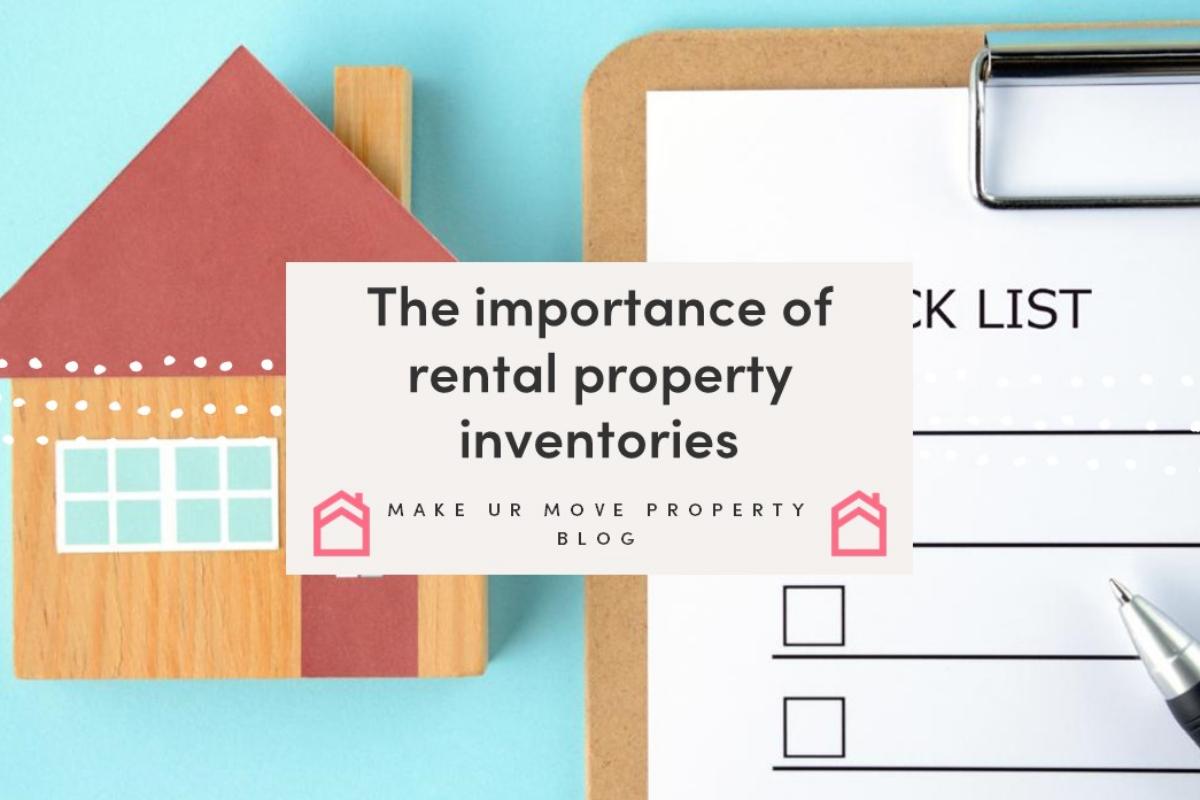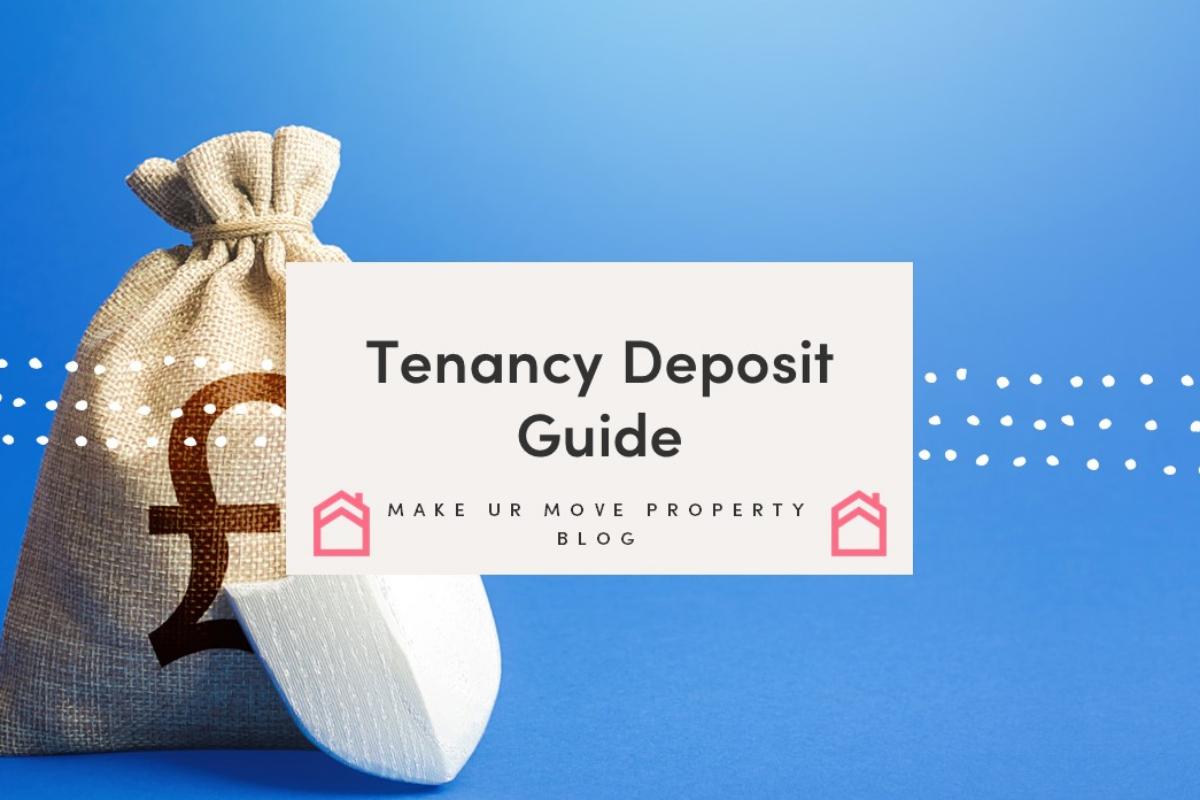
Before the keys are handed over at the start of a new tenancy, a property inventory should always be drawn up. Savvy tenants and professional landlords both need to understand ...

Since 2007, tenancy deposit schemes (TDP) have been legally protecting tenants’ money while they live in a landlord’s property.
Most landlords conform to the rules and place deposits in one of the government-approved schemes, making it easy for tenants to quickly get their money back at the end of an agreement.
But a recent case has highlighted the perils of not adhering to the law which can lead to high financial penalties.
Here we explain what a tenancy deposit scheme is, how it works and when to use its dispute resolution service to tackle deposit disagreements.
What is a tenancy deposit scheme?
A tenancy deposit scheme is a method of protecting the deposit money given to landlords by tenants at the start of an agreement.
Also known as a deposit protection scheme, the aim is to protect both tenants and landlords from spurious deduction claims and reduce the number of deposit disputes.
By law, all landlords who rent out a home on an assured shorthold tenancy must place tenants’ deposits in one of the three government-backed schemes within 30 days of receiving it.
In England and Wales, there are three schemes to choose from:
Each one ensures that tenants will get their deposit back if they:
meet the agreed terms of the tenancy agreement
don’t damage the property
pay all rent and bills in full
Are there different types of scheme to choose from?
Yes, each of the three official schemes offer landlords two options: custodial or insured.
Custodial scheme
A custodial scheme, the most popular of the two types, is free. It means the landlord submits the full deposit amount to the TDP scheme who will hold and protect it until the end of the tenancy.
At this point, the landlord and tenant request for the money to be repaid. If there’s a dispute over any deductions, the money stays in the scheme until an agreement is reached, either with or without the involvement of the scheme’s impartial deposit resolution service or the courts.
Insured scheme
In return for a fee, landlords and letting agents can opt for an insurance-based scheme. This sees the money held in their own segregated bank account to be kept and used as they wish until the tenancy ends. It must then be repaid to the tenant, minus any agreed deductions and without any involvement by the scheme.
If any portion of the withheld deposit is contested, this is transferred to the deposit scheme and in effect becomes custodial. It remains here until the dispute is resolved or a valid court order is presented.
If for whatever reason the landlord fails to return the correct amount of money, the scheme repays this to the tenant and deals with the landlord independently.
What happens if landlords don’t use a TDP scheme?
If the court finds that the deposit is indeed unprotected, it can order landlords to either repay it to the tenant or place it in a TDP scheme within 14 days. The court could also make an order to repay the tenant up to three times their original deposit amount.
One hapless landlord recently fell foul of this legislation when he was ordered to pay his ex-tenant £1,500 for failing to protect her deposit.
Instead of placing it in a TDP within 30 days, it remained in a tin at the landlord’s mother’s house for over five years.
The Housing and Property Chamber First-Tier Tribunal for Scotland stated after the case: “The tenant’s deposit could have easily been misplaced or misappropriated and they have also been denied access to an impartial resolution service at the end of the tenancy. These are exactly the reasons why the deposit schemes were set up.”
What information do landlords have to give to tenants?
Within 30 days of receiving the deposit, landlords must confirm the following prescribed information with tenants to prove it’s being legally protected:
the address of the rented property
the amount of deposit paid
how the deposit is protected
the name and contact details of the TDP scheme and its associated dispute resolution service
the landlord’s name and contact details
why they would keep some or all the deposit, as detailed in the tenancy agreement
how to apply to get the deposit back at the end of the tenancy
what to do if the tenant can’t contact them at the end of the tenancy
what to do if there’s a dispute at the end of the tenancy
When the tenancy ends, the deposit must be returned within 10 days of a mutual agreement about any deductions.
How does the deposit resolution service work?
If agreement can’t be reached amicably between landlord and tenant, or if a tenant isn’t satisfied with an explanation for withholding the deposit, each TDP scheme offers a deposit resolution service. This free impartial process, also known as an Alternative Dispute Resolution (ADR), is designed to break the deadlock and decide how much of the deposit should be paid back.
Both parties must agree to use the service before a dispute can be raised. Overseen by professional adjudicators, it follows five steps:
Both tenant and landlord submit evidence to support their claim. This can include relevant sections of the check-in and check-out inventory, dated photographs, invoices for repairs and maintenance, and highlighted parts of the tenancy agreement.
The TDP scheme sends this evidence to an independent, impartial adjudicator
The adjudicator assesses the evidence based on its merits and the individual facts of the case and decides how the deposit should be repaid.
The TDP scheme informs both landlord and tenant of the outcome.
The disputed amount is distributed to reflect the adjudicator’s decision which is binding and final.
Both parties have 14 days from starting the adjudication process to submit their evidence. The adjudicator then has 28 days after receiving the evidence to provide a decision. This means the process can take up to six weeks, although it’s often quicker.
If either party refuses to engage in an ADR, court action can be pursued but this should be considered a last resort.
Using a TDP scheme is a vital part of being a responsible landlord, giving tenants reassurance of professionalism and attention to detail. Without its safeguards, landlords could easily land in hot water with the courts and irretrievably damage their reputation.
Are there any alternatives?
There are alternative schemes available which do not require a cash payment and would not need to be protected by a scheme.
Each alternative scheme has their own rules and you will need to check them out to understand what is required and how they handle disputes.
Be aware that there are fees involved in most cases which the tenant would pay and they can be confused for insurance policies. MakeUrMove works with Zero Deposit Guarantee as an alternative provider.
Speak to the property experts at MakeUrMove to ensure you remain compliant.